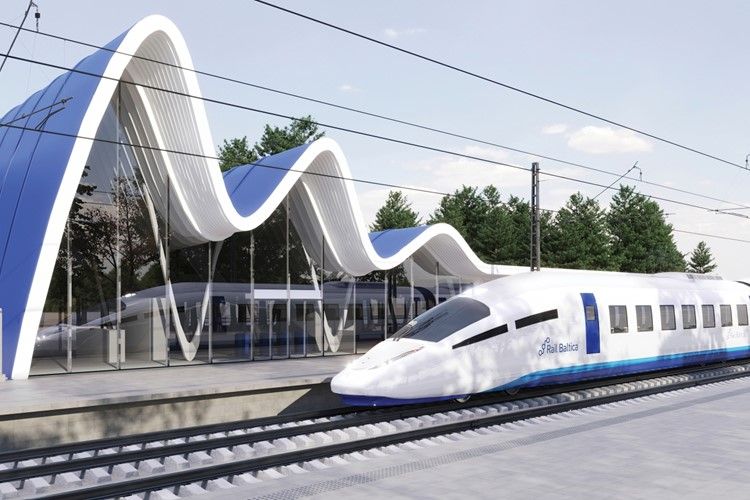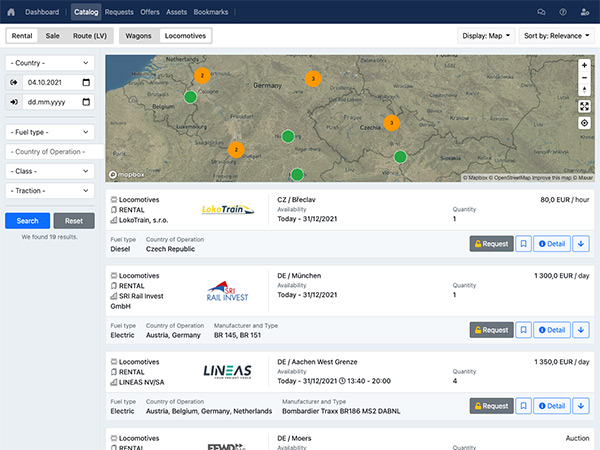Taking into account the opinion of the majority of the residents, the shortest option the most remote from the urban areas has been chosen.
“A very important phase of the Rail Baltica project has been completed, in which both city and district municipalities and communities have been actively involved. Discussions with members of the public directly affected by the newly built railway will continue in the next stages of spatial planning,” said Loreta Maskaliovienė, Lithuanian Deputy Minister of Transport and Communications. “I have no doubt that high-speed rail to Poland will not only increase the travel opportunities of the residents, but also encourage closer business ties between the neighboring countries, significantly improve the military mobility of our country and the region as a whole and, of course, contribute to environmentally friendly transport,” Maskaliovienė added.
The optimal route of Rail Baltica between Kaunas and the border with Poland was chosen to be the alternative, according to which a new 1,435 mm railway track is planned to be built in a place where there was no railway track altogether. The main railway line will bypass the city of Marijampolė, move away from the city of Kazlų Rūda, and will not encroach on Kalvarija. Regional stations are planned in Marijampolė and Šeštokai, which will be connected to the main railway line by regional connections.
The journey from Jiesia to the border with Poland is expected to take up to 19 minutes. Upon completion of construction of Rail Baltica, the journey from Kaunas to Warsaw will take 3.5 hours, and reaching the Polish capital from Vilnius will only take a little more than 4 hours.
“The currently operating European-gauge railway from the Polish border to the Kaunas Intermodal Terminal will continue to be used. Generally speaking, it is actually becoming even more important, as freight traffic between Lithuania and Western Europe on this railway has been increasingly intensifying. In addition, this section remains particularly relevant in military mobility. For example, it will continue to be used to provide communication with the Kazlų Rūda training area. “To be able to operate this track at full capacity, it is planned to apply for funding soon for a traffic management system that would significantly increase the number of trains that can pass, both to meet the growing demand for freight and to allow faster passenger traffic to Warsaw,” said Arenijus Jackus, Rail Baltica Coordination Manager at LTG Infra.
The organizers of the Rail Baltica project – joint venture partners Sweco Lietuva UAB (responsible partner) and DB Engineering & Consulting GmbH – in March presented to the public four alternative routes for the Rail Baltica railway between Kaunas (Jiesia) and the Lithuanian and Polish border. All of them were submitted for public consideration following a strategic environmental impact assessment, which analyzed not only environmental but also social and economic factors. The project promoters also evaluated all alternatives according to the established criteria and a cost-benefit analysis.

